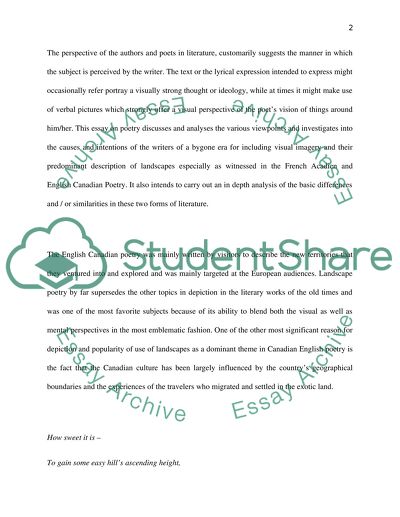Cite this document
(“French Acadien Poetry To English Canadian Poetry Essay”, n.d.)
French Acadien Poetry To English Canadian Poetry Essay. Retrieved from https://studentshare.org/literature/1549423-compare-french-acadien-poetry-to-english-canadian-poetry-in-terms-of-its-attitude-towards-landscape
French Acadien Poetry To English Canadian Poetry Essay. Retrieved from https://studentshare.org/literature/1549423-compare-french-acadien-poetry-to-english-canadian-poetry-in-terms-of-its-attitude-towards-landscape
(French Acadien Poetry To English Canadian Poetry Essay)
French Acadien Poetry To English Canadian Poetry Essay. https://studentshare.org/literature/1549423-compare-french-acadien-poetry-to-english-canadian-poetry-in-terms-of-its-attitude-towards-landscape.
French Acadien Poetry To English Canadian Poetry Essay. https://studentshare.org/literature/1549423-compare-french-acadien-poetry-to-english-canadian-poetry-in-terms-of-its-attitude-towards-landscape.
“French Acadien Poetry To English Canadian Poetry Essay”, n.d. https://studentshare.org/literature/1549423-compare-french-acadien-poetry-to-english-canadian-poetry-in-terms-of-its-attitude-towards-landscape.


